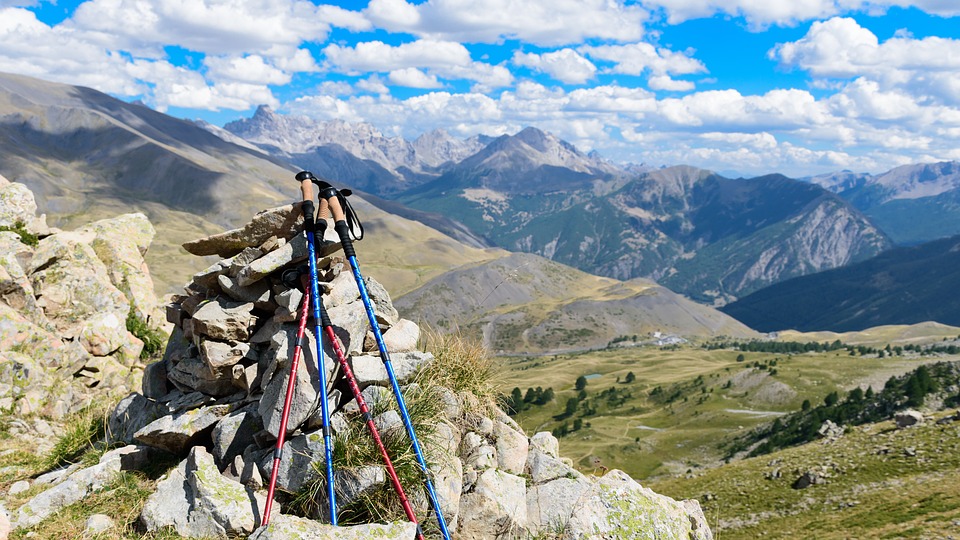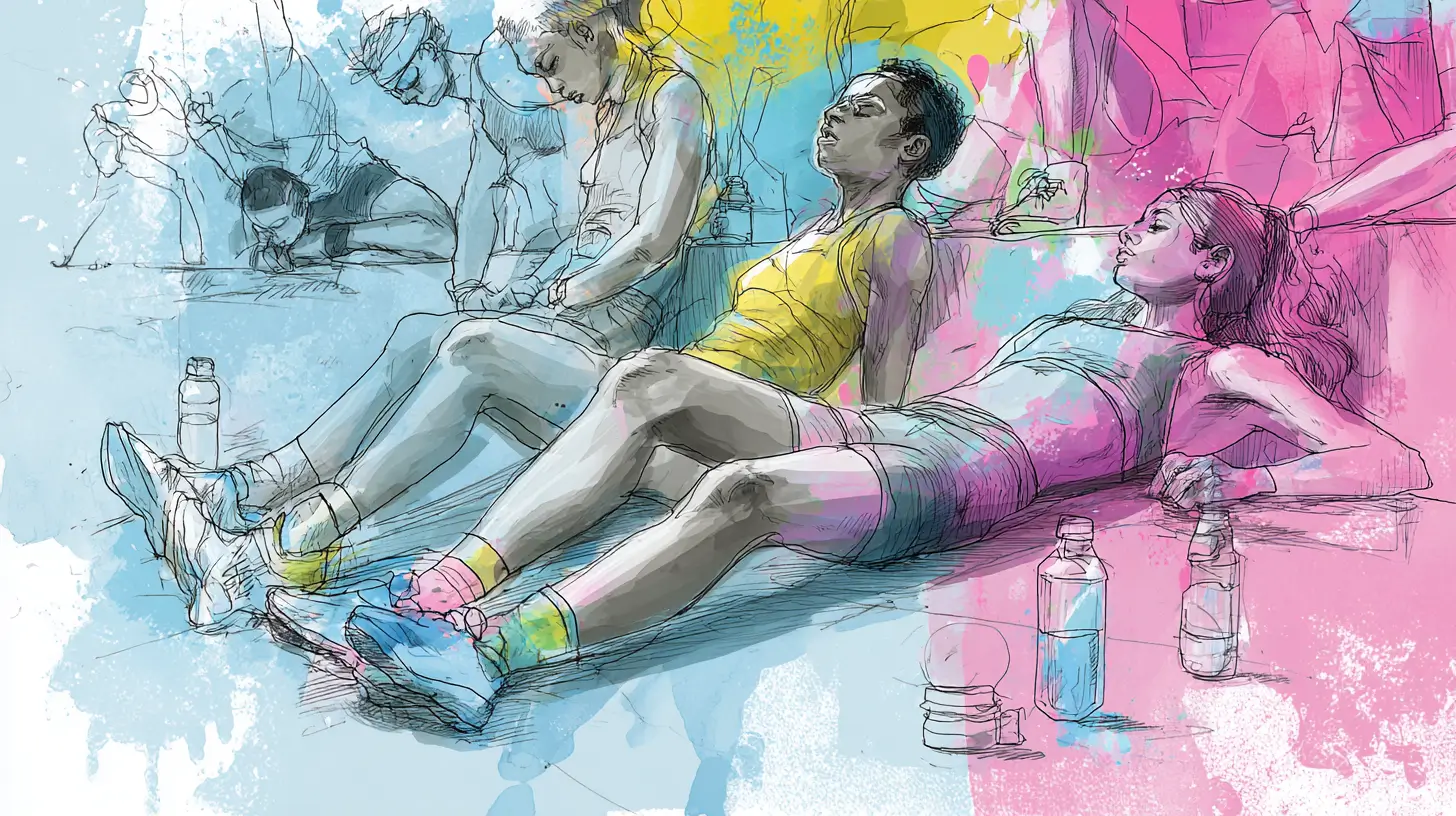Scrambling is my absolute favourite way to explore the mountains. It sits in this perfect little sweet spot nestled beautifully between hiking and climbing. Hands come into play and the adrenaline kicks in but, certainly for lower grade scrambles, you don’t need tonnes of climbing gear. It’s absolutely brilliant.
When I first started planning scrambles, I remember being totally confused by the grading system. What exactly is a Grade 1 scramble? How serious is Grade 2? And does Grade 3 mean you need ropes and gear?
If you’ve asked yourself the same questions, you’re not alone and this is intended to walk you through it all. I’ll explain what each scrambling grade involves, the kind of terrain you’ll encounter, and how to prepare. Whether you’re just starting out or eyeing up something more exposed, understanding the grades can help you choose the right route and avoid getting in over your head.
And once you’re ready to hit the ridges, check out my guide to the best scrambles in the UK for route inspiration for those 1s and 2s.
What Is Scrambling?
Scrambling is the middle ground between hillwalking and rock climbing. It usually involves hands on movement over rocky ground, often along ridges or up steep gullies. Unlike climbing, most scrambles don’t require ropes or full technical gear but they do demand a head for heights, decent fitness, good mountain judgement and care.
In the UK, scrambling is especially popular in areas like Snowdonia, the Lake District, and the Scottish Highlands, where rocky ridges and exposed ascents are plentiful.
Scrambling Grades in Summary
Here’s a quick version:
| Feature | Grade 1 | Grade 2 | Grade 3 |
|---|---|---|---|
| Difficulty | The climbing moves are typically very straightforward. Hands for balance rather than pulling yourself up mostly. | Moderate – steeper, more exposed | Hard – overlaps with easy rock climbing |
| Climbing Gear Needed | No special climbing gear needed. Though if you’re scrambling upwards and someone is above you, sometimes you might choose to wear a helmet in case of loose stones falling down. | Helmet recommended in some cases. Confidence ropes may be used on tougher moves | Helmet. Rope often used on grade 3 scrambles and a small climbing rack. |
| Exposure Level | Despite grade 1 being straightforward in climbing terms, some grade 1s are very exposed (e.g. Crib Goch). Research specific grade 1s before heading up them if exposure makes your nervouce. | Often high exposure routes | Often high, sustained and serious exposure |
| Route-Finding | Straightforward | Trickier and may require route finding skills | More complicated – good route finding and judgement needed |
| Ideal For | Confident hillwalkers keen on getting into scrambling | Experienced scramblers or fit walkers progressing in skills | Experienced scramblers, potentially with some rope work knowledge |
| Examples | Striding Edge, Tryfan North Ridge, Crib Goch | Bristly Ridge, Aonach Eagach, Liathach, An Teallach Traverse, | Curved Ridge, Elbow Ridge |
How Are Scrambling Grades Defined?
Scrambles in the UK are typically graded from 1 to 3, with an occasional “3S” to denote a particularly serious route. The grade gives you a rough sense of:
The technical difficulty of the scramble
How exposed the route is
Whether ropes and protective gear might be needed
The level of mountain experience recommended
There’s no exact science to the grades, and opinions sometimes vary. But broadly speaking, here’s what to expect.
Grade 1 Scrambling: A Fun Starting Point

Grade 1 scrambles are the most accessible. Expect pretty straightforward climbing moves, often with hands used more for balance than pulling. The rock is usually solid and route finding is typically straightforward.
But not all grade 1s are equal. My first Grade 1 was CMD Arête – a good beginner scramble in my opinion. But Crib Goch is also a grade 1. I compared these ridges here but, spoiler alert, Crib Goch is miles more exposed. CMD Arête feels like a much less challenging scramble despite the fact I had awful weather for that one and despite the fact they are both grade 1s.
Good hiking boots (or trail runners should you prefer), confidence on rocky terrain. No rope or specialist climbing equipment required.
Risk level: Generally low, though exposure (e.g. on narrow ridges) can add mental challenge.
Ideal for: Hillwalkers looking to try something more hands-on without needing technical gear.
Classic Grade 1 Scrambles:
Striding Edge, Helvellyn
Tryfan North Ridge, Snowdonia
Sharp Edge, Blencathra (borderline Grade 1/2 due to polish and exposure but technically regarded as a 1 for the most part)
Crib Goch, Snowdonia (highly exposed, but still considered Grade 1)
Grade 2 Scrambling: A Step Up

Steeper, trickier terrain with more sustained climbing sections. Exposure is often greater and route-finding can be more complex here as well. Walking boots or other good mountain terrain footwear will be necessary. A helmet is often advisable too. advisable. Rope might be used in certain conditions (e.g. wet rock or a nervous scrambler).
The risk on these is typically moderate to high, especially in poor weather or with less confident scramblers.
Grade 2 scrambles are typically suitable for experienced scramblers or confident walkers looking to progress. Some basic ropework knowledge can be helpful in some cases.
Classic Grade 2 Scrambles include:
Bristly Ridge, Glyder Fach
Aonach Eagach
Liathach
An Teallach Traverse, Scotland (some sections verge on Grade 3)
Grade 3 Scrambling: Almost a Climb
Grade 3 scrambles typically blur the lines between scrambling and rock climbing. Expect steep, exposed sections that often require the use of ropes, especially for inexperienced parties. They also often include both up and down climbing moves.
You will potentially need a helmet, rope, harness, maybe even a small climbing rack too. Route finding and belay-building skills essential for a number of grade three scrambles.
The risk level is high here. These are serious mountain routes and should be approached with care.
Grade 3 scrambles are ideal for climbers or scramblers with some knowledge in ropework, or those under the guidance of someone who is.
Classic Grade 3 Scrambles:
Pinnacle Ridge, St Sunday Crag
Curved Ridge, Buachaille Etive Mor
What About Grade 3S and Beyond?
The “S” stands for “serious”. A Grade 3S scramble usually involves poor protection, complex navigation, or remote settings where help would be hard to find. These routes are best tackled by experienced climbers.
Examples include sections of Tower Ridge on Ben Nevis or the Dubh Ridge in Skye.
Things to Bear in Mind
Scramble grades 1 to 3 as outlined above apply in England and Wales and are based on the routes in reasonable weather conditions.
Poor weather makes everything more complicated.
Some people also dispute grades allocated by organisations like BMC and opinions on complexity are often very subjective.
So before you head out on any scramble, do your research!






